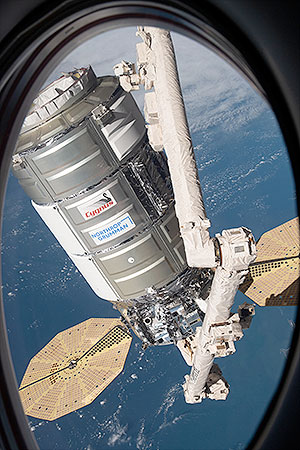

If we find an error or a problem in the software early in the life cycle, it is much cheaper for the developer to fix it then than at the end. There’s a multitude of values that come out of that. Our job is not to develop the software but to assess the developer’s artifacts throughout the entire life cycle of their development activity, just assuring that it’s done correctly. So we’ve been in business for over 25 years.

So that’s how the IV&V Program was originated. Even though software was not a problem with the Challenger accident, software was a growing entity at that time, and it was activities that could cause issues. Back after the Challenger tragedy, there was a Rogers Commission report, and out of that report came a recommendation that an independent entity be created to make sure that NASA’s safety and mission-critical software would work correctly. Host: Could you give us a brief overview of NASA’s IV&V program?īlaney: Sure. Greg, thank you for joining us on the podcast. Greg Blaney is the Director of the IV& V Program, and is our guest.
#Katherine johnson nasa challenger verification
NASA’s IV&V Program at the recently renamed Katherine Johnson Independent Verification and Validation Facility contributes significantly to the safety and success of NASA’s highest-profile missions by assuring software performs correctly. Our focus today is on independent verification and validation.

By finding those errors early we reduce their cost and their schedule impacts.ĭeana Nunley (Host): Welcome back to Small Steps, Giant Leaps, a NASA APPEL Knowledge Services podcast that taps into project experiences to share best practices, lessons learned and novel ideas. We get to do independent verification and validation on NASA’s most critical missions on their most critical software. Greg Blaney: It’s just instilled in our fiber to innovate and do excellent work because those astronauts, when they get on that vehicle, they are trusting us that the software is going to work. Project Management Scheduling at NASA (APPEL-PMSCHED) Pay It Forward: Capturing, Sharing and Learning NASA Lessons (APPEL-PIF)Ĭost Estimation for Project Managers (APPEL-COST) Software Engineering Management (APPEL-SWEM) Report of the Presidential Commission on the Space Shuttle Challenger Accident How the Challenger and Columbia tragedies drive IV&V excellence and innovation.The importance of the independent aspect of IV&V.In this episode of Small Steps, Giant Leaps, you’ll learn about: The Katherine Johnson IV&V Facility, home of NASA’s IV&V Program, is located in Fairmont, West Virginia, and named in honor of West Virginia native and NASA “hidden figure” Katherine Johnson. NASA IV&V ensures safe, reliable, secure operation of mission-critical software. NASA Independent Verification and Validation Program Director Greg Blaney discusses the impact of IV&V on high-profile NASA missions. NPR 7120.5 Revision F Rollout Briefing (NASA Only).Systems and Engineering Leadership Program (SELP).


 0 kommentar(er)
0 kommentar(er)
